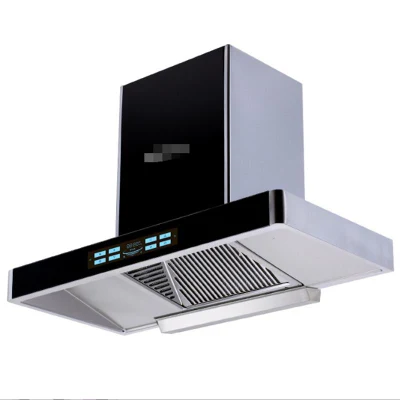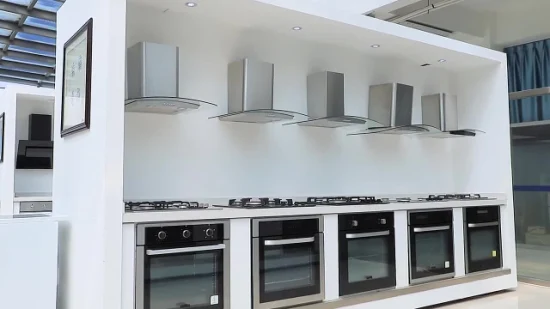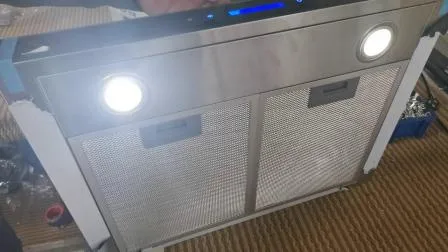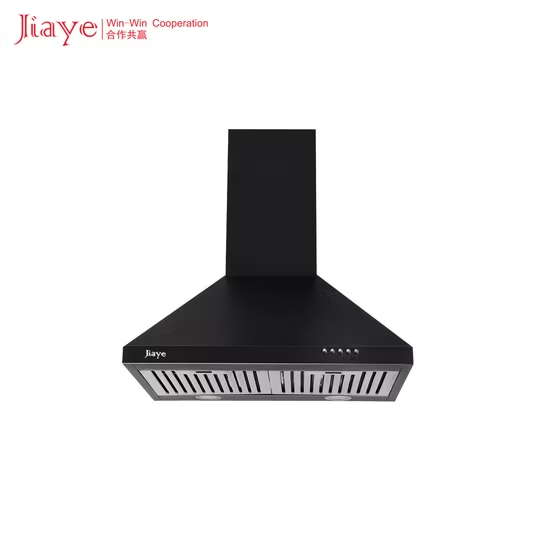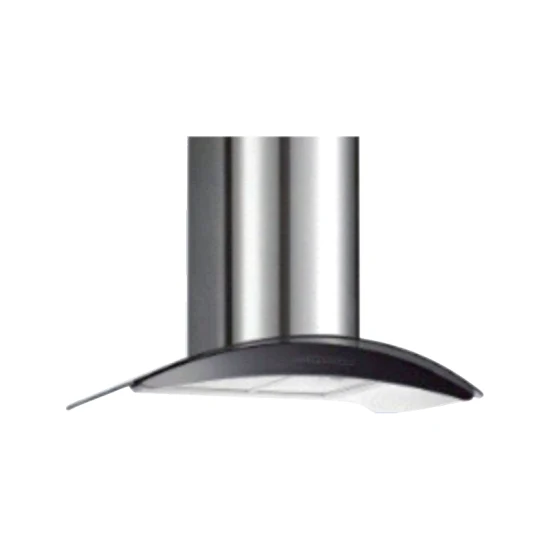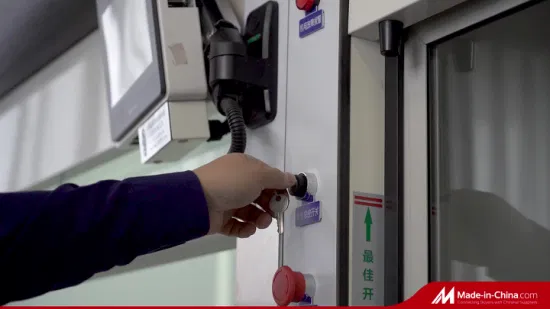
Chemical Lab Explosion Proof Acid & Alkali Resistant Fume Hood with Heat Resistant
Description
Basic Info.
| Model NO. | WJ-1800B |
| Feature | Corrosion Resistance, Heat Resistant, Acid & Alkali Resistant, Fireproof, Explosion Proof |
| Hood Type | Standard |
| Color | Grey |
| Customized | Customized |
| Condition | New |
| Input Power | 380V/50A |
| Application | Environment/Institute/Biology Lab/Chemical Lab |
| Face Velocity | 0.4-0.6 M/S |
| Worktop | 20+6 mm Ceramic |
| Liner Material | Ceramic Fiber Board |
| Product Name | Fume Cupboard |
| Transport Package | Standard Export Wooden Case Packing |
| Specification | 1800*1205*2400 MM |
| Trademark | Ample |
| Origin | Chengdu, China |
| HS Code | 8414809090 |
| Production Capacity | 200 Set/Month |
Packaging & Delivery
Package Size 1900.00cm * 900.00cm * 2100.00cm Package Gross Weight 500.000kgProduct Description
Product Description
The fume hood is often the primary control device for protecting laboratory personnel when working with flammable and/or toxic chemicals.
Before Using a Fume Hood
• Make sure that you are trained and understand how the hood works.
• Know the hazards of the chemical you are working with; refer to the
chemical's Safety Data Sheet (SDS) if you are unsure.
• Ensure that the hood is on.
• Make sure that the sash is open to the proper operating level, which is
usually indicated by arrows on the frame.
• Make sure that the air gauge indicates that air flow is within the required
range.
When Using a Fume Hood
• Never allow your head to enter the plane of the hood opening. For example, for vertical rising sashes, keep the sash below your face; for horizontal sliding sashes, keep the sash positioned in front of you and work around the side of the sash.
• Use appropriate personal protective equipment: Eye protection, gloves, lab coat.
• Be sure that nothing blocks the airflow through the baffles or through the baffle exhaust slots.
• Elevate large equipment (e.g., a centrifuge) at least two inches off the base of
the hood interior.
• Keep all materials inside the hood at least six inches from the sash opening.
• When not working in the hood, close the sash.
• Do not permanently store any chemicals inside the hood.
• Promptly report any hood that is not functioning properly to Facility Operations. Its sash should be closed and the hood "tagged" and taken out of service until repairs can be completed.
• When using extremely hazardous chemicals, understand your laboratory's action plan in case an emergency (e.g., power failure) occurs.
| Model Specification | WJ-1500A | WJ-1500B | WJ-1800A | WJ-1800B |
| External dimensions of equipment(mm) | 1500(W)*1205 (D) *2400 (H) | 1800(W)*1205 (D) *2400 (H) | ||
| Dimension of works pace (mm) | 1260(W1)*780(D1) *1100 (H1) | 1560(W1)*780(D1) *1100 (H1) | ||
| Panel material | 20+6mm thick butterfly ceramics | |||
| Material of internal lining board | 5mm thick ceramic fiber board | |||
| Diversion structure | Lower air return | |||
| Control system | Button control panel (LCD panel) | |||
| PH value control | The medium is alkaline water solution; manual monitoring, and manual control through acid pump and alkali pump. | |||
| Input power | Three-phase five-wire 380V/50A | |||
| Current for air fan | Not over 2.8A(380V or 220V can be directly connected) | |||
| Maximum load of socket | 12 KW(total of 4 sockets) | |||
| Water tap | 1 set (remote control valve + water nozzle) | No | 1 set (remote control valve + water nozzle) | No |
| Water discharge way | Magnetic chemical pump strong discharge | |||
| Using environment | For non-explosion indoor use, within 0-40 degrees Celsius. | |||
| Applicable fields | Inorganic chemistry experiment; Food, medicine, electronics, environment, metallurgy, mining, etc. | |||
| Ways of Purification | Spray sodium hydroxide solution, no less than 8 cubic meters/hour | Spray sodium hydroxide solution.no less than 12 cubic meters/ hour | ||
| Ways of surface air speed control | Manual control (through the electric air valve to adjust the exhaust air volume or adjust the height of the moving door) | |||
| Average surface air speed | 0.6-0.8 m/s Exhaust air volume: 1420-1890m3/h (when door height h =500mm) | 0.6-0.8 m/s Exhaust air volume: 1760-2340m3/h (when door height h =500mm) | ||
| Speed deviation of surface air | Not higher than 10% | |||
| The average intensity of illumination | Not less than 700 Lux; Standard white and uv-free yellow LED lamps; The illumination is adjustable. | |||
| Noise | Within 55 decibels | |||
| Flow display | White smoke can pass through the exhaust outlet, no overflow. | |||
| Safety inspection | No spikes, edges; Charged body and the exposed metal resistance is greater than 2 mQ; Under 1500V voltage, no breakdown or flashover occurred for 1min test. | |||
| Resistance of exhaust cabinet | Less than 160 pa | |||
| Power consumption | Less than 1.0kw/h (excluding power consumption of fans and external instruments) | Less than 1.2kw/h (excluding power consumption of fans and external instruments) | ||
| Water consumption | Less than 3.2L/ h | Less than 4.0L/ h | ||
| Performance of wind compensation | With a unique wind compensation structure, the volume of the wind will not cause turbulence in exhaust cabinet and will not directly blow to the staff (need to connect to the air compensation system of the laboratory) | |||
| Air volume regulating valve | 315mm diameter flanged type anti-corrosion electric air flow regulating valve (electric contact actuator) | |||
Other Hood Types
• Ductless Hood is another type of enclosure hood. Ductless hoods pass air from the hood interior through an absorption filter and then discharge the air into the laboratory. These types of hoods are only suitable for use with nuisance vapors and dusts that do not present fire or toxicity hazards. These types of hood have very specific uses.
• Capture Hoods are ventilating devices that can be positioned to pull in contaminants that are produced outside of a hood. A sufficient velocity called the capture velocity is necessary to "grab" the contaminant and move it into the hood. They are generally used in welding and grinding operations.
• Receiving Hoods are devices generally used to exhaust heat, water vapor, odors, and other non-hazardous materials. They are not a laboratory hood and generally are not effective for exhausting toxic or flammable materials.
• Biological Safety Cabinets are special safety enclosures used to handle and contain pathogenic microorganisms or chemotherapeutic agents. Biological safety cabinets are NOT laboratory fume hoods. Biological safety cabinets provide protection for the product and also protect laboratory personnel by utilizing vertical airflow.
Fume Hood Maintenance
• Hoods should be evaluated by the user before each use to ensure adequate face velocities and the absence of excessive turbulence.
• In case of exhaust system failure while using a hood, shut off all services and accessories and lower the sash completely. Leave the area immediately.• Fume hoods should be certified, at least annually, to ensure they are operating safely. Typical tests include face velocity measurements, smoke tests and tracer gas containment. Tracer gas containment tests are especially crucial, as studies have shown that face velocity is not a good predictor of fume hood leakage.
• Laboratory fume hoods are one of the most important used and abused hazard control devices. We should understand that the combined use of safety glasses, protective gloves, laboratory smocks, good safety practices, and laboratory fume hoods are very important elements in protecting us from a potentially hazardous exposure.
• Laboratory fume hoods only protect users when they are used properly and are working correctly. A fume hood is designed to protect the user and room occupants from exposure to vapors, aerosols, toxic materials, odorous, and other harmful substances. A secondary purpose is to serve as a protective shield when working with potentially explosive or highly reactive materials. This is accomplished by lowering the hood sash.FAQ
6 Questions to Ask When Buying a Fume Hood:
-Which chemicals will you use within the hood?
-Is a ducted or ductless hood best suited to your needs and available space?
-Where will you place the fume hood in the lab? Consider workflows, access to external exhaust systems, and competing air patterns.
-What size fume hood will best suit your needs? Be sure to consider what (if any) equipment will be enclosed in the hood.
-Are any service fixtures or accessories such as airflow monitors, electrical outlets, water, or gas fixtures required?
-Are base cabinets for acid, solvent, or non-chemical storage required?
Our Contact


